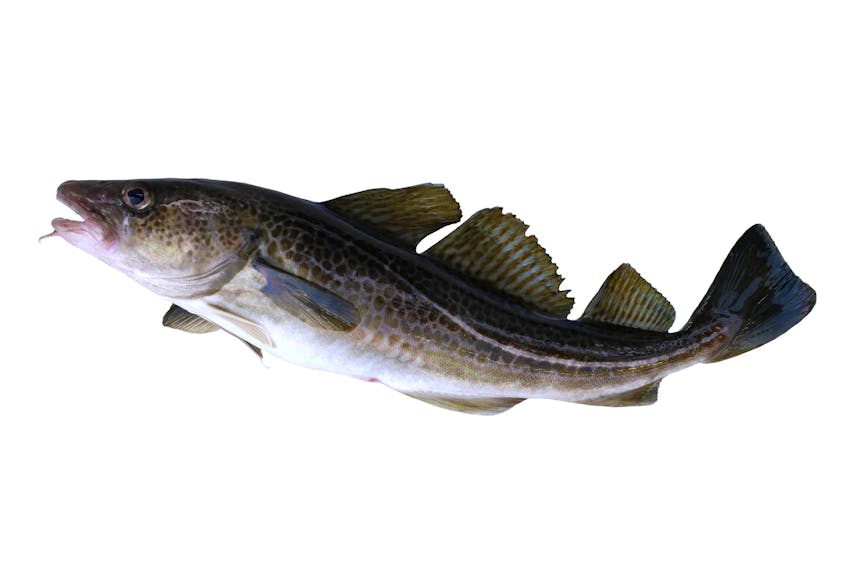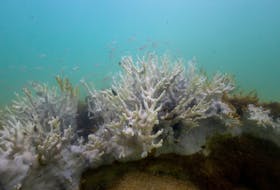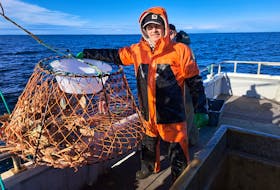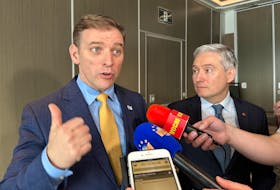I wish to respond to the March 31 letter to the editor (“Northern cod numbers no reason to panic: FFAW”) by Keith Sullivan, President of the FFAW-Unifor.
Sullivan is correct — the latest scientific information on the health of the Northern Cod stock isn’t reason to “panic.”
Indeed, the news from DFO science of a 30 per cent decline in the iconic resource that was already deep in the “critical” zone is reason for inshore harvesters to riot in the streets, or, at the very least, burn the few union cards left.
The news is also reason to demand an independent investigation of the management practices of the federal Department of Fisheries and Oceans (DFO) in the Newfoundland and Labrador region.
The management plans for the Northern Cod fishery in each of the last two years are the work — not of DFO or the government of Canada, which is constitutionally responsible for fisheries management — but of the FFAW-Unifor and the Barry Group.
The tale is clearly laid out in information obtained through the federal Access to Information and Privacy (ATIP) Act, and proves that DFO has abdicated its management responsibility for Northern cod.
The information also answers the question of who’s the manager, and who’s the union?
The FFAW/Unifor has mutated into both.
The union executive, along with west coast Newfoundland fish magnate Bill Barry, were behind the creation of the NL Groundfish Industry Development Council (NL-GIDC) in November 2015.
Five months later — on April 8, 2016 — the NL-GIDC was officially announced at a St. John’s press conference.
The next month, on May 5, Jim Baird, a 35-year veteran of DFO (mis) management, including a stint as regional director-general, was appointed chair.
Four days after that — on May 9, 2016 — a meeting took place between Baird, FFAW-Unifor executive, representatives of five processing companies, and senior DFO bureaucrats at the department’s White Hills headquarters in St. John’s to map out a management plan.
“NL-GIDC should have a lead role on the development of the commercial harvesting strategy,” wrote DFO’s Jacqueline Perry in a summary of the meeting.
“Need to get rid of IQs … harvesters cannot be permitted to harvest whenever they want. Change won’t happen. Monthly/weekly harvest limits needed.”
On June 1 of that year, the NL-GIDC presented a management plan based on those principles to the Northern Cod Advisory.
Dom LeBlanc, the DFO Minister, signed off on the plan on Aug. 4, 2016, and the season opened 11 days later.
It took less than five months from the announcement of the formation of the NL-GIDC to the development/implementation of its 2016 northern cod management plan — a lightning strike in terms of DFO’s usual speed.
And there was no consultation whatsoever with inshore harvesters, despite the major policy shift to weekly quotas from IQs.
Not only were inshore harvesters not consulted about the most important document since the 1992 northern cod moratorium, but the management plan was kept secret from them.
The NL-GIDC’s plan was finally released to the public on Nov. 24, 2016 after a copy was obtained by FISH-NL during a meeting on Fogo Island.
Northern cod has been an icon for fisheries mismanagement, and it’s actually getting worse.
The 2017 northern cod management plan was also prepared by the NL-GIDC, and adopted by DFO.
In fact, the federal and provincial governments gave their blessings to the NL-GIDC with each contributing almost $21,000 in start-up costs.
Instead of holding the Government of Canada to account for fisheries management, the FFAW-Unifor joined processors in crossing the line and taking over management themselves.
Instead of holding Ottawa to account for broken down DFO science vessels, shoddy, incomplete science, and the complete failure of the feds to produce a rebuilding plan 26 years after the northern cod moratorium, the union failed in its sacred responsibility to look out for harvesters.
In his letter, Sullivan also said “the small-scale inshore fishery did not lead to the collapse of northern cod, nor is it hindering rebuilding efforts.”
Again, he’s right.
The bull’s-eye is clearly on the head of the FFAW-Unifor.
No other commercial fisheries in Canadian history have suffered like those in Newfoundland and Labrador waters — especially northern cod, but also shrimp, crab, and caplin — and the reasons for it must be investigated.
Ryan Cleary,
St. John’s









